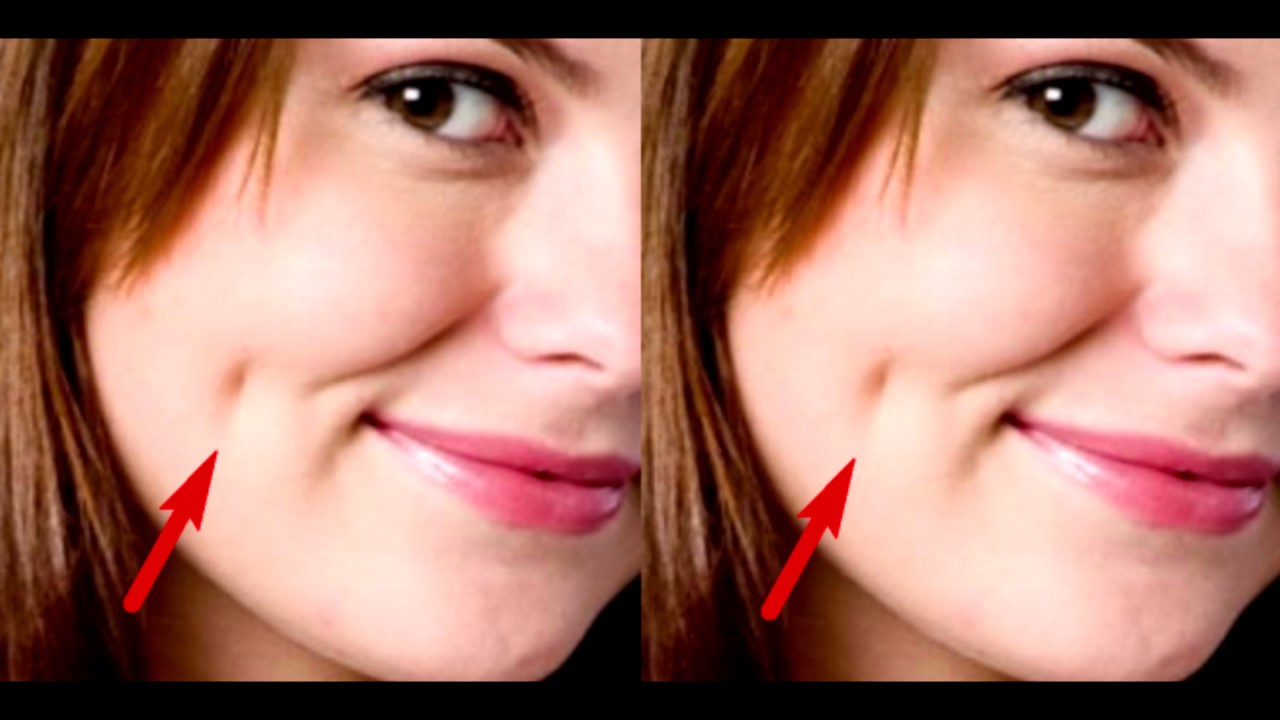**Dimples and cheeks are often regarded as charming and attractive facial features that capture attention and evoke feelings of warmth.** These unique traits not only enhance a person's smile but also contribute to their overall facial aesthetics. In this comprehensive article, we will explore the science behind dimples and cheeks, their cultural significance, and how they impact perception and beauty standards across the globe. By the end, you will have a deeper understanding of why these features are so captivating and the role they play in human interactions.
Throughout history, dimples and cheeks have been admired in various cultures, often associated with youthfulness, happiness, and beauty. Whether it’s a deep dimple that appears when someone smiles or the soft roundness of cheeks, these features have the power to influence how we perceive others. Additionally, we’ll delve into the genetic factors that contribute to the formation of dimples and the various types of cheek shapes, providing insights into what makes each individual unique.
In a world where first impressions matter, understanding the appeal of facial features like dimples and cheeks can be invaluable. This article will serve as a guide to exploring these features in detail, complete with scientific explanations, cultural references, and personal anecdotes. So, let’s dive into the fascinating world of dimples and cheeks!
Table of Contents
- 1. What Are Dimples?
- 2. Types of Dimples
- 3. Understanding Cheeks
- 4. Types of Cheeks
- 5. The Genetics Behind Dimples and Cheeks
- 6. Cultural Significance of Dimples and Cheeks
- 7. Perception and Beauty Standards
- 8. Conclusion
1. What Are Dimples?
Dimples are small indentations that appear on the skin, typically on the cheeks or chin, when a person smiles. They are considered a genetic trait and are caused by a variation in the structure of the underlying facial muscles. Dimples can vary in depth and size, and while some people have prominent dimples, others may have more subtle ones.
2. Types of Dimples
There are mainly two types of dimples:
- Cheek Dimples: These are the most common type of dimples, located on the cheeks. They can appear on one or both sides of the face and are often associated with a broad smile.
- Chin Dimples: Also known as a “cleft chin,” these dimples occur in the center of the chin and are often perceived as a sign of masculinity.
3. Understanding Cheeks
Cheeks are the fleshy parts of the face located on either side of the mouth and below the eyes. They play a crucial role in facial expressions and contribute to the overall shape of the face. Cheeks can vary significantly in size and shape, influencing how a person is perceived.
4. Types of Cheeks
Cheeks can be categorized into various types based on their shape and fullness:
- Full Cheeks: Often associated with youthfulness, full cheeks provide a round and soft appearance.
- Hollow Cheeks: These are characterized by a more angular and defined look, often associated with maturity.
- Round Cheeks: Round cheeks can give a more youthful appearance and are often seen in children.
5. The Genetics Behind Dimples and Cheeks
The presence of dimples and the shape of cheeks are largely influenced by genetics. Studies have shown that dimples are a dominant trait, meaning that if one parent has dimples, there is a high chance their children will inherit them. Additionally, the distribution of fat in the face, which affects cheek shape, is also influenced by genetic factors.
6. Cultural Significance of Dimples and Cheeks
Across different cultures, dimples and cheeks hold various meanings:
- In many cultures, dimples are seen as a symbol of beauty and attractiveness. They are often associated with a cheerful disposition.
- In some societies, fuller cheeks are considered a sign of health and prosperity, while hollow cheeks may be associated with aging or illness.
- Dimples and cheeks can also play a role in social interactions, influencing how individuals are perceived in terms of approachability and friendliness.
7. Perception and Beauty Standards
Beauty standards are subjective and can vary widely between cultures and over time. However, dimples and prominent cheeks often feature in discussions about beauty. Studies have shown that people with these features are frequently perceived as more attractive, approachable, and friendly.
8. Conclusion
In conclusion, dimples and cheeks are not just mere physical attributes; they carry significant cultural and social implications. Understanding these features can enhance our appreciation of diverse forms of beauty and the unique qualities that each individual possesses. Whether you have dimples, full cheeks, or any other facial feature, embracing your uniqueness is key to self-confidence and identity.
We encourage you to share your thoughts in the comments below. Have you ever been complimented on your dimples or cheeks? How do you feel about these features? Additionally, feel free to share this article with friends and family who might find it interesting!
Thank you for reading, and we look forward to seeing you again on our site for more insightful articles!
Exploring The World Of Trackers Television Show: A Deep Dive Into The Series
Exploring The Life Of Ramaswamy's Wife: A Deep Dive Into Her Influence And Legacy
Is The Actress Sally Field Still Alive? A Comprehensive Look At Her Life And Career


